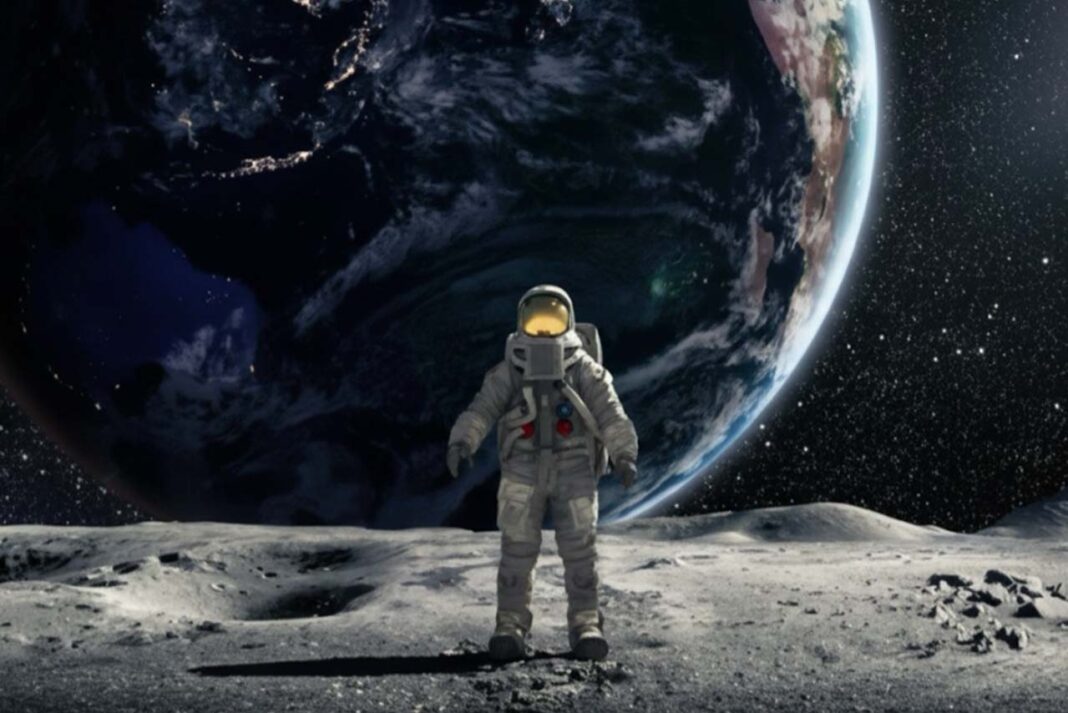Psychophysiological Symphony In Space Travel
The vast emptiness of space offers an environment woven with starlight — one where humanity gains a rare chance to confront the complex inner workings of the mind. Leaving Earth is not just a physical separation; it is a psychophysiological experience that forces the human psyche into intimate dialogue with itself (Palinkas, 2001).
As astronauts drift through the cosmos like explorers, they simultaneously face an invisible task: maintaining emotional and mental resilience in the midst of cosmic isolation. This isolation threatens psychophysiological harmony — the body and mind must reorganize their rhythm to sustain balance (CSA, 2023).
The absence of Earth’s familiar cues — light cycles, gravity, sound — disrupts circadian regulation and neural synchrony. Sleep patterns shift, time perception distorts, and attention networks falter. Like a sailboat adjusting to an unpredictable wave, the brain must recalibrate itself to this new reality. Every thought, synapse, and emotion becomes part of an evolving biological symphony; when one note falls out of tune, psychological disharmony emerges (Arone et al., 2021).
Harmony In Mission: The Bond Between Astronauts
Loneliness in space is not merely physical — it is deeply social. During long-duration missions, interdependence among astronauts becomes crucial for survival. Research by Kanas and Manzey (2008) identifies trust and communication as the strongest predictors of resilience.
A crew operates like an orchestra: each astronaut an instrument, each task a note. When one leads, others must complement the melody with precision and trust. A single misstep can ripple through the system — like a conductor striking the wrong beat — jeopardizing both mission success and psychological stability (Palinkas, 2001).
Thus, astronaut resilience is not purely individual; it is a collective harmony between cognition, emotion, and cooperation.
Cosmic Isolation And Emotional Echoes
Isolation in space activates unique emotional and cognitive echoes within the human brain. According to PMC (2021), long-term missions lead to attention deficits, cognitive fatigue, and motivational decline. Without the sensory variety of Earth, astronauts’ minds encounter their own inner reverberations — like a lone piano whose notes slowly dissolve in an empty room.
Sleep regulation becomes a central issue. Research from IntechOpen (2024) shows that microgravity and continuous light-dark exposure disrupt circadian rhythms, producing psychophysiological imbalance. Restorative sleep and mindful rest are essential to maintain the integrity of the brain’s internal rhythm — the silent symphony that underlies emotional endurance.
Flexibility Of The Mind: Neuroplasticity And Adaptation
The human brain is a master of adaptation. Through neuroplasticity, it reorganizes emotional and attentional circuits to endure the extreme environment of space (Gatti et al., 2022). Stress, loneliness, and monotony trigger small but profound changes in brain regions related to emotion, motivation, and motor control.
In microgravity, the vestibular and motor areas undergo measurable structural and functional shifts — evidence of adaptive resilience (Arone et al., 2021). Each challenge, whether a mechanical error or a communication delay, strengthens astronauts’ problem-solving skills. The mind, like a composer, continually reshapes its melody — transforming difficulty into cognitive harmony.
Strategies To Enhance Psychological Resilience
To sustain mental health during missions, psychological countermeasures have become essential. Studies by the Canadian Space Agency (CSA, 2023) and PMC (2024) highlight the effectiveness of meditation, virtual reality therapies, and AI-supported emotional monitoring systems.
These systems foster digital empathy — an artificial yet powerful form of emotional connection that counteracts loneliness. Pre-flight resilience training also equips astronauts with tools to manage stress and regulate emotions. Mutual trust among crew members enhances psychobiological resonance, strengthening both individual and collective stability (Kanas et al., 2009).
The Orchestration Of The Mind Among The Stars
The cosmic silence of space does not leave the human mind isolated — it awakens it. Each astronaut composes a personal cognitive and emotional symphony, balancing awe and anxiety, solitude and connection.
This journey is not only the exploration of distant planets; it is an inward odyssey that tests the limits of mental resilience and self-awareness. Modern findings (PMC, 2024) show that advanced technological support — from digital counseling to adaptive neurofeedback — can make these inner journeys both safer and more sustainable.
Ultimately, venturing into space externalizes humanity’s curiosity and courage, while simultaneously revealing the quiet symphony within. When we learn to listen to the rhythm of our minds against the stillness of the stars, we may finally understand that the silence of space is not emptiness — it is the mind’s greatest conductor.
References
Arone, A., Ivaldi, T., Loganovsky, K., Palermo, S., Parra, E., Flamini, W., & Marazziti, D. (2021). The burden of space exploration on the mental health of astronauts: A narrative review. Clinical Neuropsychiatry, 18(5), 237–246.
Canadian Space Agency. (2023). How space and isolation affect astronauts’ mental health.
Gatti, M., Palumbo, R., Di Domenico, A., & Mammarella, N. (2022). Affective health and countermeasures in long-duration space exploration. Heliyon, 8(5), e09414.
Kanas, N., Sandal, G. M., Boyd, J., & Gushin, V. (2009). Psychology and culture during long-duration space missions. Acta Astronautica, 64(7–8), 659–677.
Pagnini, F., & Grosso, F. (2025). The psychological needs of future astronauts. IntechOpen.
Pagnini, F. (2024). Supporting the mind in space: Psychological tools for long-duration missions. Interactive Journal of Medical Research, 13, e66626.
Palinkas, L. A. (2001). Psychosocial issues in long-term space flight: Overview. Gravitational and Space Biology Bulletin, 14(2).


